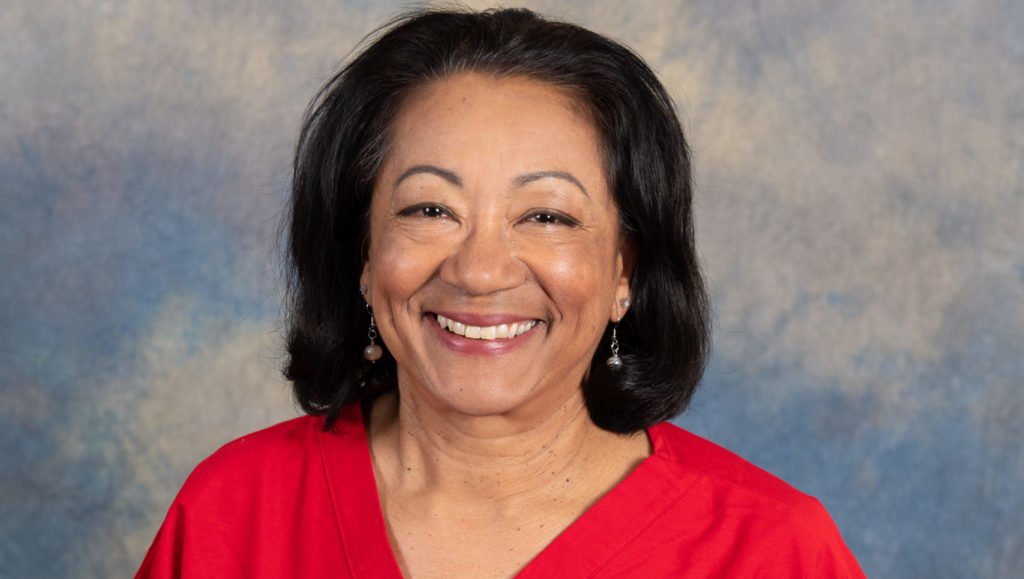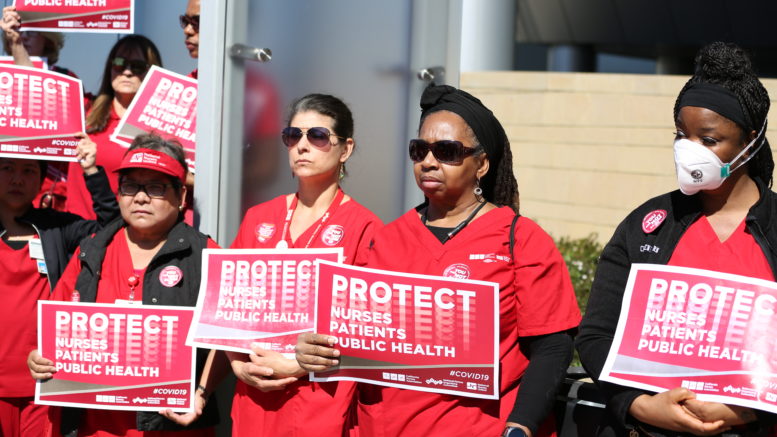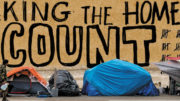New CDC guidelines for health care and other essential workers could prolong pandemic
By Cathy Kennedy
In the grip of the most severe global pandemic in a century, the worst response is to continue a race to the bottom on public health protections that will prolong the crisis and endanger more lives.
New guidelines from the federal Centers for Disease Control and Prevention that recommend workers exposed to the coronavirus can continue to work would likely extend the spread of COVID-19, and open the door to employer abuses that may well put workers’ lives in jeopardy.
Under its new recommendations, the CDC revokes previous guidelines that most workers who are exposed to the virus should be isolated for a period of 14 days. Instead, CDC says workers can mainly just wear a mask and not practice other safety cautions, “as work duties permit,” a significant loophole that can be easily exploited by employers.
Equally telling is what the guidelines do not do—require or even advise employers to install engineering controls, isolate workers exposed to infected individuals, ensure social distancing in the workplace or provide effective personal protective equipment.
These guidelines also run the risk of exacerbating the COVID-19 disparity affecting African Americans that has become a national scandal with deaths as high as three times the percentage of black residents in the total population in Los Angeles, Chicago, Detroit, New Orleans, Milwaukee, St. Louis, Washington D.C., and a number of states.
The recommendations apply to public employees, transportation, energy, janitorial and custodial workers and other classifications where African Americans are concentrated.
Even the CDC has acknowledged that deadly disparity, noting that its own data shows that one-third of hospitalized COVID-19 patients were black, and admitting that black populations “might be disproportionately affected by COVID-19.” There is a long, appalling history of racial disparity in access to medical care and treatment in the U.S. that the pandemic is tragically reinforcing.
And while the CDC recommends the use of facial coverings for asymptomatic workers being pressed to continue working, many have also noted that African Americans are less likely to wear face masks in public for their own protection due to societal racism and fear of being racially profiled by police, store owners and others. Sacramento residents have been reminded of that racial profiling all too often.

“To registered nurses, the latest guidelines continue a familiar pattern of CDC rolling back other protective standards, especially for health care workers.”
Cathy Kennedy is Sacramento area registered nurse, a vice president of National Nurses United and secretary of the California Nurses Association/National Nurses Organizing Committee.
Instead of relaxing standards for any worker at risk, we should be accelerating testing and treatment, including elimination of all out-of-pocket costs, and be ensuring full health care services for those who are bearing an unequal burden. Many of them are low-wage workers who do not have the luxury of riding out the pandemic by staying at home.
To registered nurses, the latest guidelines continue a familiar pattern of CDC rolling back other protective standards, especially for health care workers.
The CDC has advised hospitals that instead of using N95 respiratory masks—which are the minimum we need to reduce the risk of becoming infected ourselves and the next COVID-19 casualty—hospitals can settle for unsafe alternatives, from loose-fitting surgical masks to even bandanas.
Continuing to put us at risk, the CDC has encouraged hospitals to employ other unsafe methods, including reuse and decontamination of N95 masks, for which there is no validated scientific evidence proving safety, and has said exposed staff can also prematurely come back to work.
With some 700,000 confirmed cases and 34,000 American COVID-19 deaths to date, the most dangerous response to this deadly pandemic is to relax the efforts we have taken to mitigate the crisis and slow the spread of the virus. This is no time pat ourselves on the back and say the emergency is over.






Be the first to comment on "Essay: Putting nurses in danger"